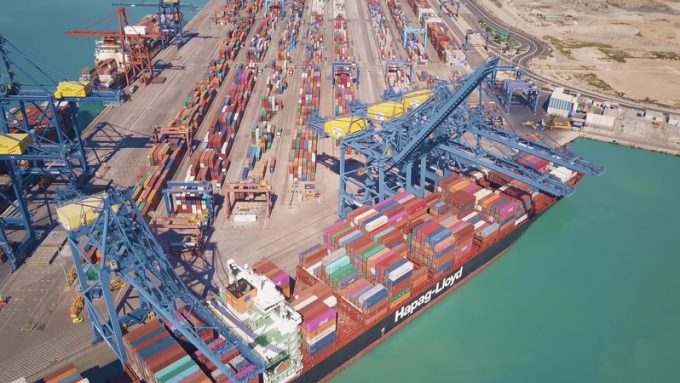MSC switches two more Asia-Europe port calls from congested Antwerp
MSC has decided to switch two more calls out of Antwerp on its Asia-North Europe ...

The Shanghai Containerized Freight Index (SCFI) has punched through the 1,000 mark for the second time this month, 21% higher than the same week a year ago.
The SCFI published early this week, due to today’s national holiday in China, but despite the shorter time frame ...

Comment on this article